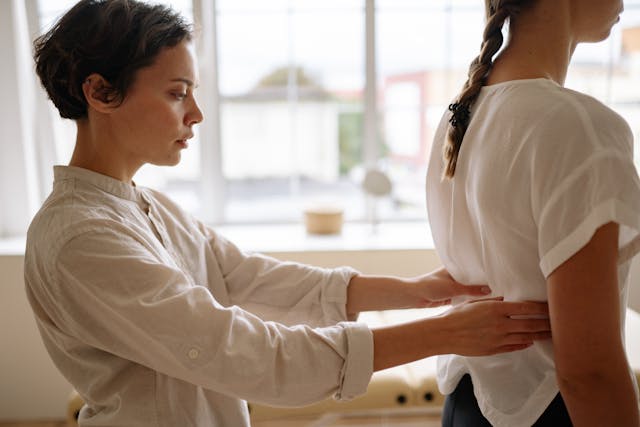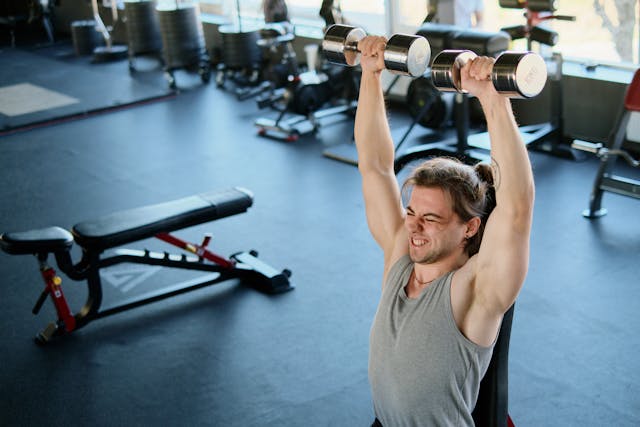What are knots in muscles?

What is it actually?
A knot in your muscle is, as it were, the imbalance of your energy at a certain spot in the muscle. At that spot, the muscle is contracted, which you experience as a shortening and thickening of the muscle. This causes tension on the muscle and the area around it, which also triggers the attachment to the bone in a negative way. A trigger point is slightly more intense than a “normal” muscle knot, because a trigger point is a specific muscle knot where the surrounding area is also affected. This then manifests itself as radiating pain.
How do knots form in your muscles?
There are several ways in which muscle knots can develop. These are the most common causes:
- Stress
- Muscle overload
- Incorrect posture
- Long lasting repetitive movements
- Limited blood circulation
- Waste accumulation
- Little movement
Symptoms of a muscle knot
A knot in your muscles is experienced as a small, hard lump in the muscle. These lumps are very sensitive and can even cause pain. The pain is experienced as nagging or pressing, but some people even experience dull and tingling feelings. In the worst cases, this pain can spread to other parts of the body. People who suffer from knots in the muscles often experience stiffness, difficulty moving and tired muscles. There are even people who have tingling in the limbs or muscle weakness.

Do trigger points disappear on their own?
So how can you treat muscle knots? Do they go away on their own? Fortunately, there are several ways to treat trigger points:
- You can massage away the knots in your muscles using your fingers or a tool like a tennis ball or foam roller. By applying pressure to the knot, you force your muscle to relax.
- Heat helps put your muscles into relaxation mode.
- Stretching exercises help loosen your muscles. It is important not to force them to prevent further damage.
- Sufficient exercise and sports. Swimming in particular is a good sport.
- Make sure you stay hydrated, as fluids help keep your muscles healthy and also help remove waste products.
Have it treated professionally
Muscle knots are often best treated by a professional. Professionals have specific techniques to treat your muscles and can also better determine the underlying cause of the problem. A frequently used technique in professional treatment is dry needling, in which needles are used to try to improve blood flow to the muscles and help the muscles relax. A second technique that is often used is a deep tissue massage . This removes blockages in the muscles, creating more space and providing relaxation.



Leave a comment
All comments are moderated before being published.